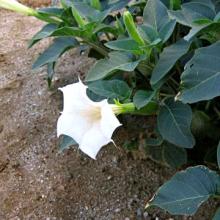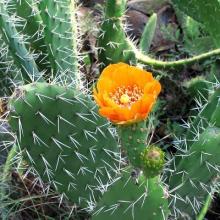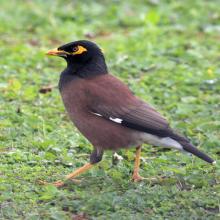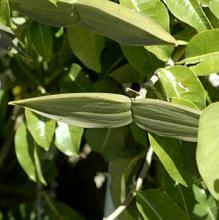+264 (0)61 240 140admin@n-c-e.org
Namibian Invasive Alien Species Working Group
News, Articles & Interviews
Invasive alien species in Namibia
One of the tasks of the working group is to more clearly define which species are invasive aliens.
In Namibia, approximately 38 trees or large shrubs, 62 forbs and 24 grasses are considered invasive alien plants, 15 of which are serious economic and ecological threats. Many of the invasive shrubs are cactus species that flourish in Namibia’s arid environments, while aquatic weeds can choke the few permanent water sources in the country. Dry riverbeds and other disturbed areas are particularly vulnerable to invasion, which diminishes groundwater.
Several invasive alien animal species have been recorded in Namibia, including seven fishes, three reptiles, seven birds, four snails, one crayfish, two mussels and seven mammals. Eleven of these are considered serious threats to our native species. Besides outcompeting local species for space and resources (often the main threat), some invasive alien animals are similar enough to our native animals to interbreed with them and thus pose a genetic problem.
Plants |
|
Fish |
|
Reptiles |
|
Birds |
|
Snails |
|
Crayfish |
|
Mussels |
|
Mammals |
|





